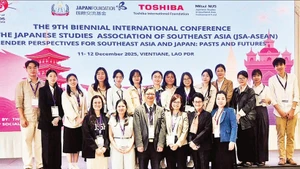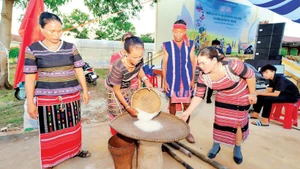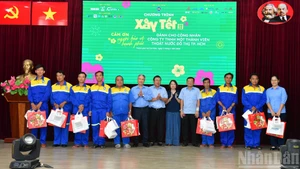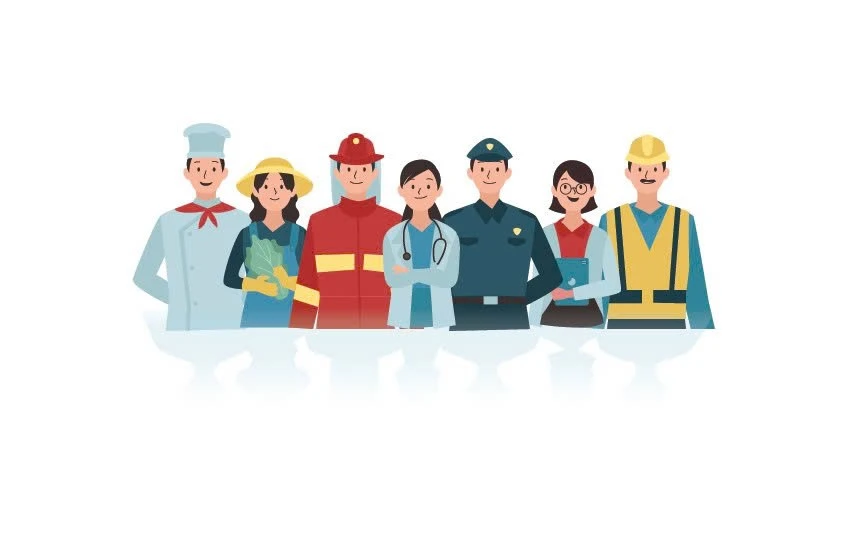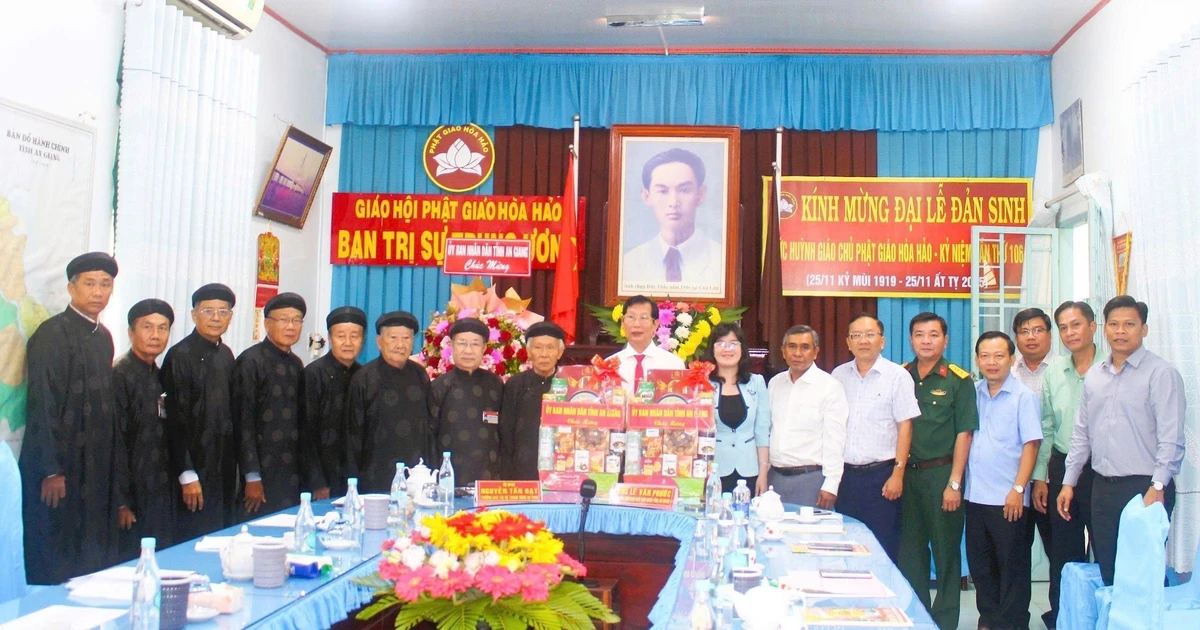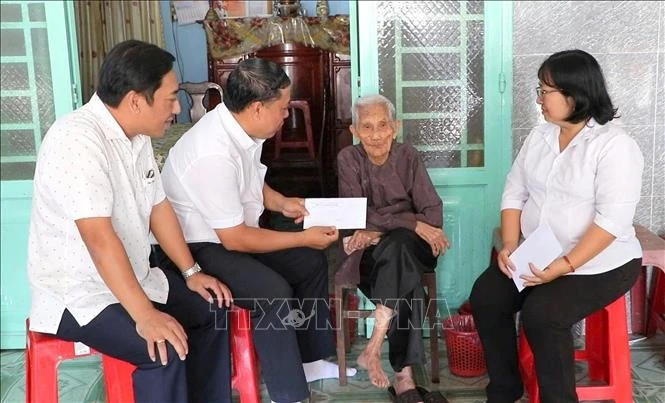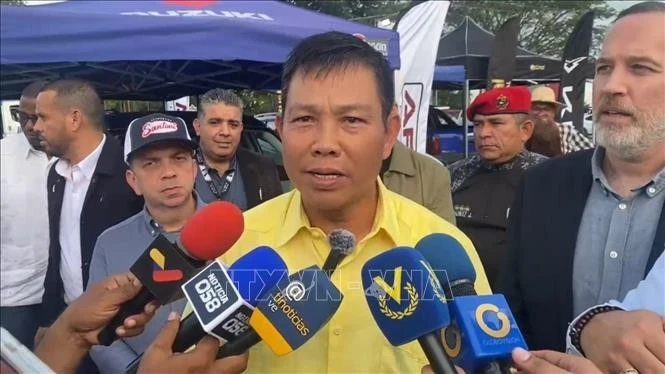More than half a century after the war, millions of bombs and mines still lie underground, threatening people’s lives and hindering development in many localities. Efforts to overcome the consequences of bombs and mines not only deal with the legacy of war but are also a journey to revive “dead lands”.
According to the Viet Nam National Mine Action Centre, the country still has about 800,000 tonnes of untreated explosives scattered throughout provinces and cities. The total area of land contaminated and suspected of being contaminated with bombs and mines covers up to 5.6 million hectares. The consequences of bombs and mines have killed more than 40,000 people and injured about 60,000, many of whom were labourers or children.
In localities that were once fierce battlefields such as Quang Tri, Quang Binh, and Ha Tinh, people still have to cultivate fields with potential risks of accidents. In Can Loc District (Ha Tinh), which suffered tens of thousands of carpet bombings, all 17 communes and towns are contaminated with explosives. Over the past 30 years, there have been 36 victims, 15 of whom have died. Bombs and mines have left lasting consequences for many generations; children cannot go to school, land is abandoned, and projects are slow to implement.
In response to this situation, in 2010, the government approved a national action program to overcome the consequences of post-war bombs and mines for the 2010-2025 period. The goal is to mobilise domestic and foreign resources to reduce and eventually eliminate the impact of post-war bombs, mines and explosives, towards socio-economic development and ensuring safety for people.
According to a report from the Ministry of National Defence, in the past 15 years, specialised forces have cleared more than 500,000 hectares of land. Millions of bombs, artillery shells, grenades and anti-personnel mines have been discovered and safely disposed of. In March 2014, the Viet Nam National Mine Action Centre was established, playing a role in coordinating clearance activities nationwide. The centre has built a modern database and map system of mine contamination, supporting effective clearance work. Each cleared area not only becomes safe to enter again, but also opens new opportunities for farming, construction, and infrastructure development.
Support from the international community plays a very important role. The US Government has provided more than 250 million USD in aid for mine survey and clearance activities. The cooperation project between Viet Nam, the Republic of Korea and the United Nations Development Program (KOICA-UNDP) for the 2022-2026 period with a total capital of 25 million USD is being implemented in Quang Binh and Quang Tri, the two localities with the highest density of mines and bombs in the country.
Since 1999, the non-governmental organisation Mines Advisory Group (MAG) has treated more than 286 square kilometres of land and destroyed more than 350,000 explosive objects. Thanks to large-scale clearance campaigns, contaminated areas have gradually revived. Mine accident prevention education programs have been introduced to schools in high-risk areas, helping children learn how to identify and stay away from explosive objects.
In Ha Tinh, the Viet Nam Association for Mine Action Support is coordinating with local authorities to implement a propaganda program and support livelihoods for hundreds of victims. Last May, the Hoa Hoa Binh Fund coordinated with the authorities of Can Loc District and Huong Khe District to organise the presentation of 45 livelihood support packages, each worth 6 million VND, along with 22 bicycles, to poor students.
Nguyen Thi Khanh, 60 years old, from Nghen Town, Can Loc District, lost her husband and son due to a leftover artillery shell in her garden. She was supported with a flock of breeding chickens and funds to repair the coop, helping her to improve her life after decades of struggling to raise her children. Mai Duc Vinh (Phuc Trach Commune, Huong Khe District) lost one leg and four fingers and suffered facial injuries due to stepping on a mine when he was young. Having received the donation of a breeding cow, he hopes his family will now have more income. Mr. Tran At (My Loc Commune, Can Loc District) lost one arm due to a bomb or mine accident, sharing his wish that many people in the same situation will be supported to overcome difficulties.
Since 2014, the Viet Nam Association for the Support of Overcoming the Consequences of Bombs and Mines has supported the livelihoods of more than 6,000 victims, implemented social security support programs, and organised communications to prevent bombs and mines for millions of people and students. Thanks to support such as breeding chickens, breeding cows, bicycles, and production capital, thousands of families of victims and poor children have been empowered to overcome difficulties.
Lieutenant General Pham Ngoc Khoa, Permanent Vice President of the Viet Nam Association for the Support of Overcoming the Consequences of Bombs and Mines, shared: “In the context of the post-war period that still leaves serious consequences, accompanying bomb and mine victims is not only a humanitarian responsibility, but also a strong message about sharing, healing, and the aspiration of the Vietnamese people to rise up.”
The government of Ha Tinh Province is coordinating with non-governmental organisations to implement the planning of safe land, prioritising the development of agriculture, infrastructure, and tourism. The districts of Can Loc, Huong Khe, and Cam Xuyen have stepped up propaganda and education on mine and bomb prevention in schools.
Quang Tri Province, which has the highest density of mines and bombs in the country, has become a model in overcoming the consequences of mines and bombs. Since 1996, more than 170 million square metres of land have been cleared, helping hundreds of thousands of people feel secure in cultivating and building houses. Furthermore, the implementation of the “Clean agriculture on land cleared of mines and bombs’’ model is creating organic and safe agricultural products for consumption and export.
The government aims to complete the clearance of mines and bombs in densely populated areas, agricultural land and key development project areas by 2030; at the same time, all mine and bomb victims have full access to medical services, rehabilitation, livelihood support, and community reintegration. Along with that is the completion of the ordinance on overcoming the consequences of post-war bombs and mines and the national strategy on education on mine accident prevention.
The journey to revive the “dead lands” is ongoing and needs the support of the domestic and international community. Every inch of land that is cleaned, every victim that is supported is a step towards a safe, developed Viet Nam that leaves no one behind.

